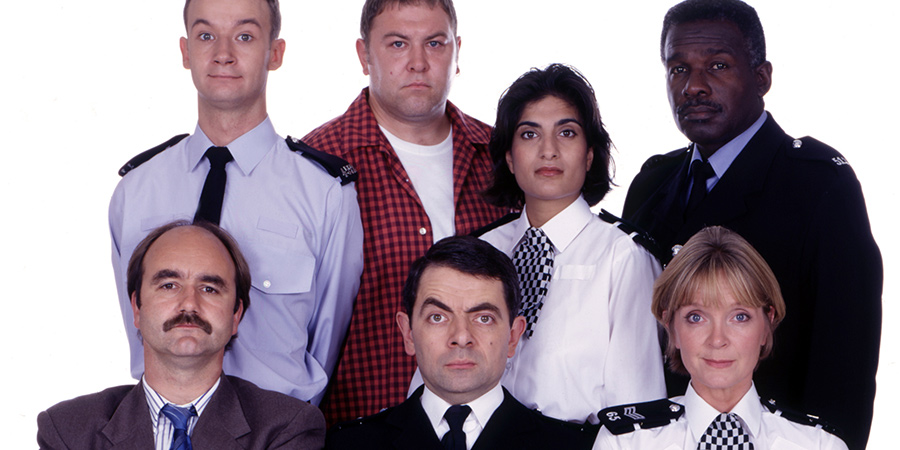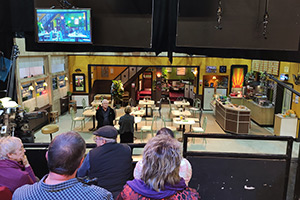Balancing characters in a show

No matter what kind of show you're writing - whether it's a heart-wrenching emotional dramedy, a fast-paced political satire or a broad silly farce with adventures involving randy reverends and strange shaped vegetables - making sure that you have the right characters is crucial. There's a reason every character in The Thick Of It isn't Malcolm Tucker, or why The Office isn't just six David Brents talking to camera - it's because making a great sitcom isn't just about creating great characters, it's about balancing out those characters so that they work together to tell the best stories they possibly can.
But how do we do that? How do we guarantee that the characters we're making mesh together in a fun way? How do we ensure that they can generate those brilliant comic scenarios that our sitcoms need to thrive? Let's take a look!
1. Work out the comic conflict
...

